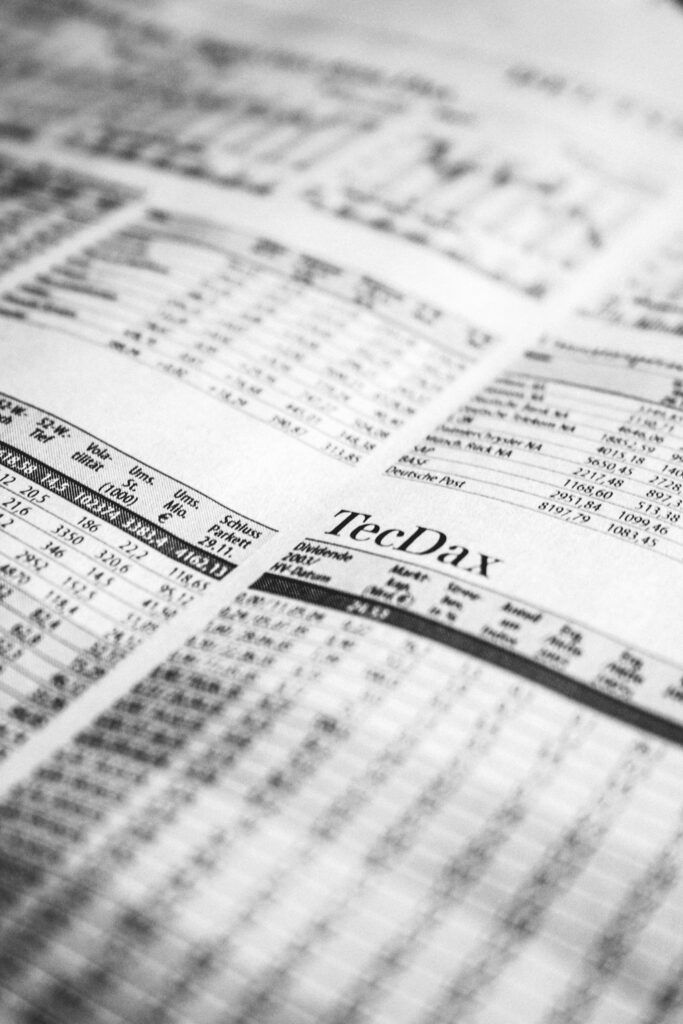What Are NFTs and How Can You Invest in Them?
NFTs, or non-fungible tokens, are digital assets that are unique and cannot be replaced or exchanged for other assets. They are becoming increasingly popular in the art world, as they allow artists to sell digital artworks and collectibles that cannot be copied or counterfeited. In this blog post, we will explore what NFTs are and how you can invest in them
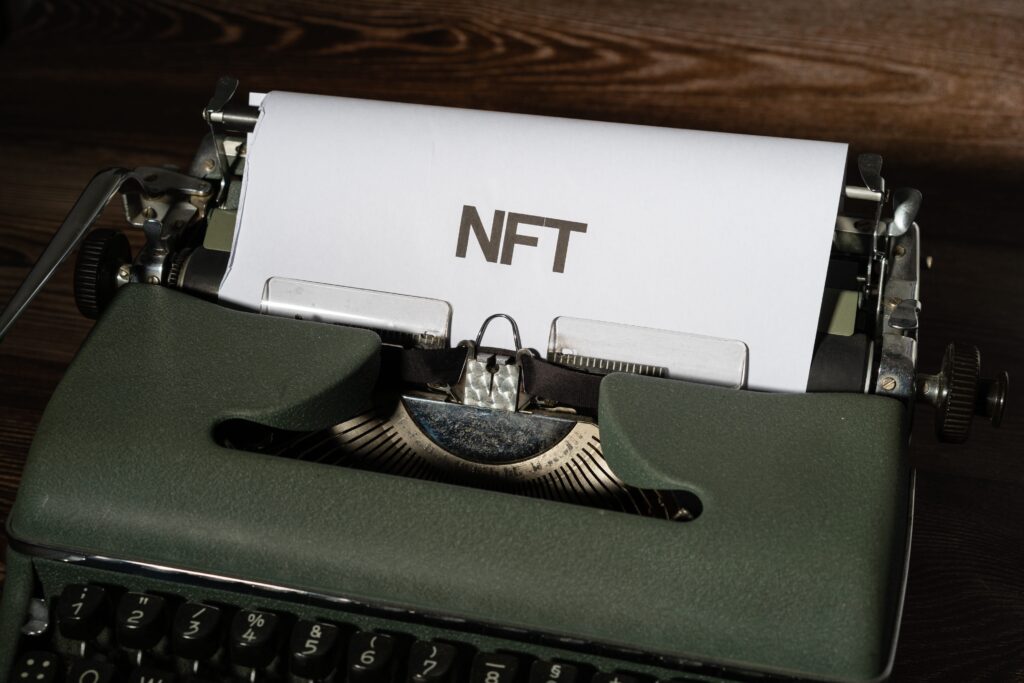
What are NFT's?
NFTs are digital assets that are stored on a blockchain, which is a decentralized and secure database that records transactions. Each NFT is unique and has a unique code that identifies it on the blockchain. This makes it easy to track and verify the ownership of an NFT, as well as its provenance (history).
NFTs can represent a wide range of digital assets, including art, music, videos, collectibles, and even virtual real estate. They are becoming increasingly popular in the art world, as they allow artists to sell digital artworks that cannot be copied or counterfeited. This has the potential to revolutionize the way that art is bought and sold, as it allows artists to retain ownership and control over their work.
How can you invest in NFT's?
There are a few different ways that you can invest in NFTs:
Buy NFTs directly: You can buy NFTs directly from artists or galleries that are selling them. You can find NFTs on various online platforms, such as OpenSea, Rarible, and SuperRare. To buy an NFT directly, you will need to set up an account on the platform and link it to your wallet. A wallet is a digital storage system that holds your NFTs and allows you to manage them. There are several different types of wallets available, including software wallets, hardware wallets, and browser extensions.
Buy NFTs through a marketplace: You can also buy NFTs through a marketplace, such as Nifty Gateway or KnownOrigin. These platforms allow you to browse and buy NFTs from a range of artists and galleries. To buy an NFT through a marketplace, you will need to set up an account and link it to your wallet. You can then browse the available NFTs and place a bid or buy them outright.
Buy NFTs through a fund: If you are interested in investing in NFTs but don’t want to buy them directly, you can invest in a NFT fund. These funds allow you to invest in a diversified portfolio of NFTs, which can help to spread risk and potentially increase your returns. To invest in a NFT fund, you will need to research the different options available and choose a fund that aligns with your investment goals. You may need to meet certain requirements, such as having a certain amount of money to invest, to be eligible to invest in a NFT fund.
Overall, investing in NFTs can be a risky but potentially rewarding way to invest in the digital art market. It’s important to do your research and understand the risks and considerations before investing in NFTs.
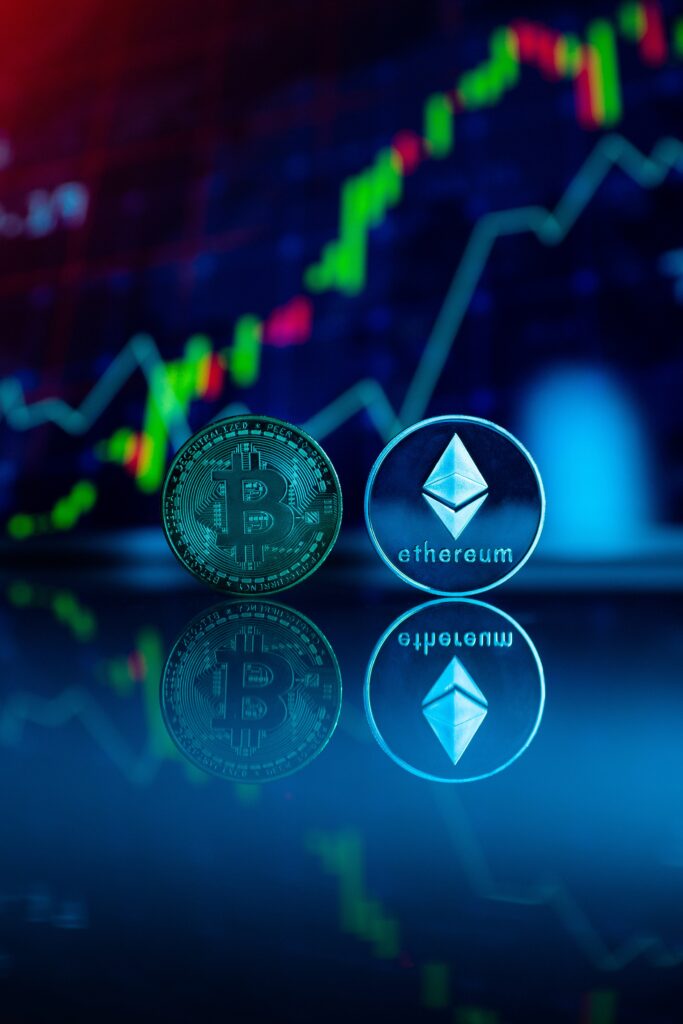
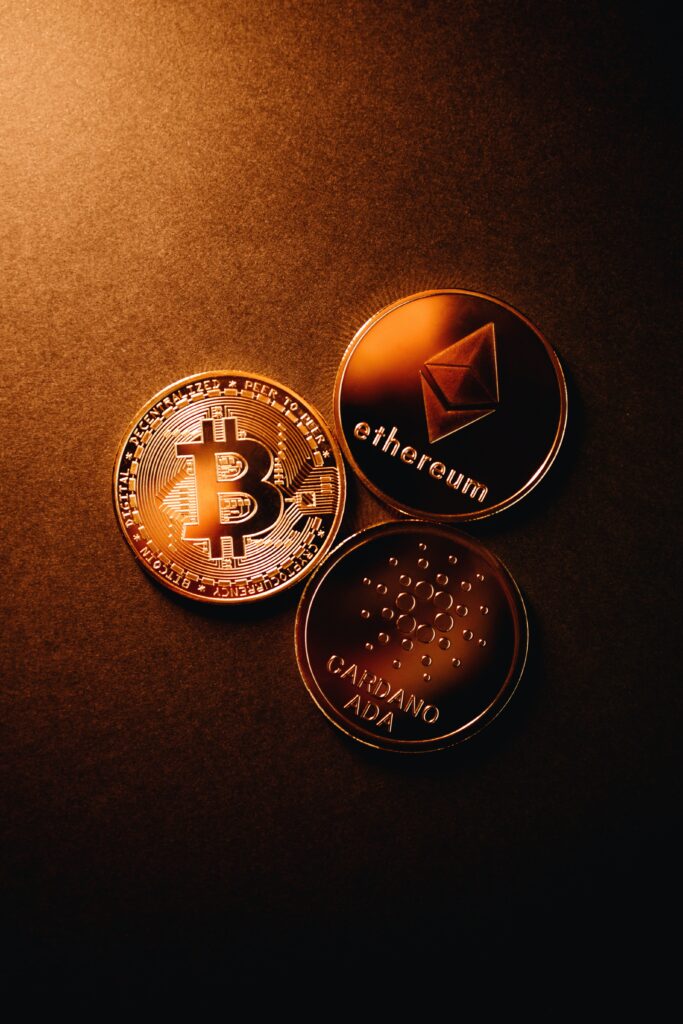
Risks and Considerations When Investing in NFTs
There are several risks and considerations to keep in mind when investing in NFTs:
Volatility: The market for NFTs is still relatively new and can be volatile. This means that the value of NFTs can fluctuate significantly, which can make it difficult to predict their value. If you are considering investing in NFTs, it’s important to understand that you could potentially lose money, as well as make money.
Lack of regulation: The market for NFTs is largely unregulated, which means that there is a risk of fraud or scams. It’s important to do your due diligence and research the artist or seller before buying an NFT. Look for reviews or feedback from other buyers, and make sure the seller has a track record of selling NFTs.
Rarity vs. demand: The value of an NFT is often based on its rarity and demand. However, these factors can be difficult to predict, and it’s possible that an NFT that is perceived as rare or valuable now may not be in the future. It’s important to understand that the value of an NFT may change over time, and it’s possible that you could lose money if the value decreases.
Liquidity: The market for NFTs is still relatively small and not all NFTs are highly liquid. This means that it may be difficult to find buyers for your NFTs, particularly if you own rare or unique NFTs. It’s important to consider the liquidity of an NFT before investing, as it may be difficult to sell your NFTs quickly or at a fair price if you need to.
Risk of fraud: The lack of regulation in the NFT market means that there is a risk of fraud or scams. It’s important to do your due diligence and research the artist or seller before buying an NFT. Look for reviews or feedback from other buyers, and make sure the seller has a track record of selling NFTs. Be wary of NFTs that are being sold for significantly less than their market value, as they may not be genuine.
Lack of physical ownership: NFTs are digital assets, which means that you don’t physically own the art or collectible that they represent. This can be a consideration for some investors, who may prefer to own physical assets.
Overall, investing in NFTs comes with risks and considerations. It’s important to do your research and understand the risks before investing in NFTs. As with any investment, it’s important to diversify your portfolio and not invest more than you can afford to lose.
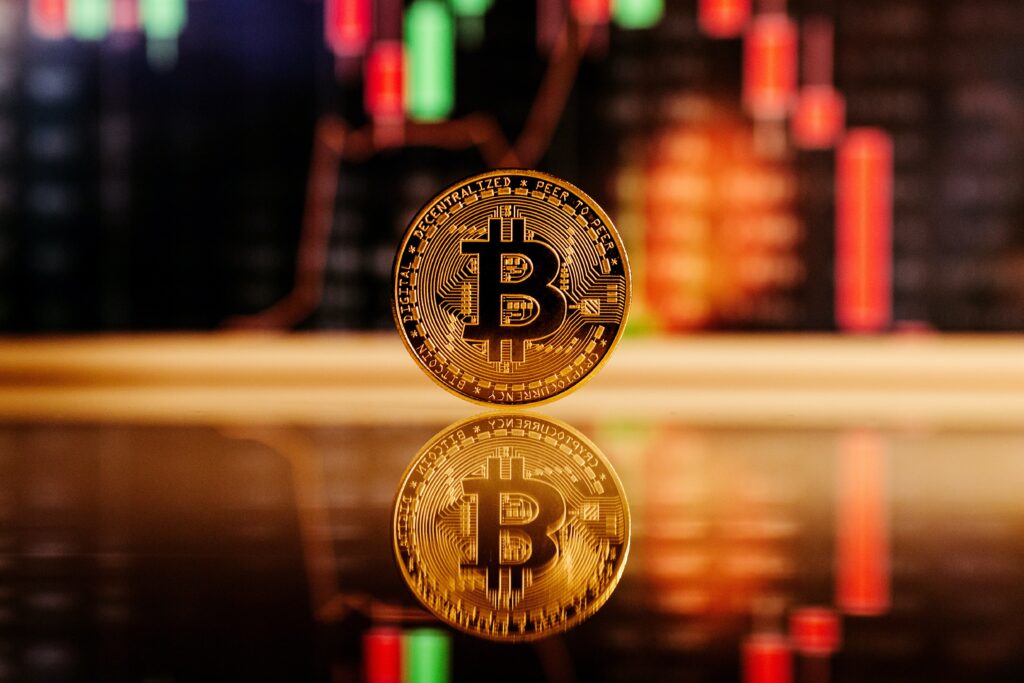
How to Store and Manage Your NFT's
Once you have invested in NFTs, it’s important to think about how you will store and manage them. Here are a few tips for storing and managing your NFTs:
Use a secure wallet: A wallet is a digital storage system that holds your NFTs and allows you to manage them. There are several different types of wallets available, including software wallets, hardware wallets, and browser extensions. It’s important to choose a secure wallet that is backed by a reputable company and has a good track record of protecting user assets.
Keep your NFTs private: It’s a good idea to keep your NFTs private and not share them with others unless you want to. This can help to protect the value of your NFTs, as well as prevent fraud or scams.
Keep your NFTs organized: If you own multiple NFTs, it’s important to keep them organized and easy to access. You can use a spreadsheet or other tool to track the details of your NFTs, such as the artist, title, and price.
Update your wallet: It’s important to keep your wallet and any other software that you use to manage your NFTs up to date. This can help to protect your assets and ensure that you have the latest security features.
By following these tips, you can ensure that your NFTs are stored and managed securely and efficiently.
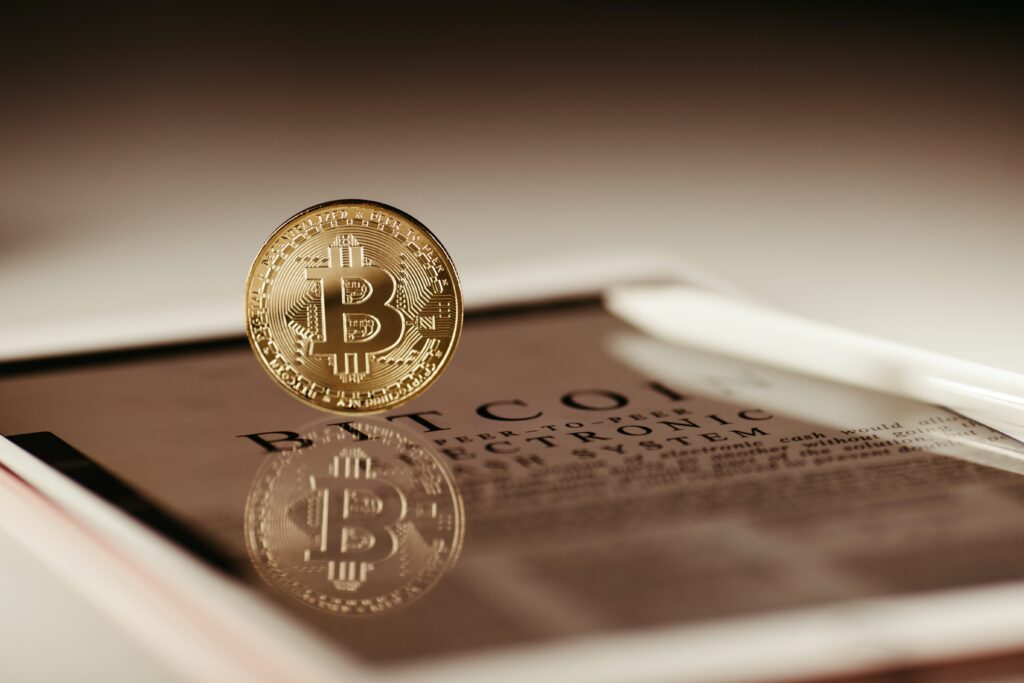
Conclusion
In conclusion, NFTs are digital assets that are stored on a blockchain and can represent a wide range of digital assets. They are becoming increasingly popular in the art world, as they allow artists to sell digital artworks that cannot be copied or counterfeited. Investing in NFTs can be a risky but potentially rewarding way to invest in the digital art market.
However, there are several risks and considerations to keep in mind when investing in NFTs. The market for NFTs is still relatively new and can be volatile, and the lack of regulation means that there is a risk of fraud or scams. It’s important to do your due diligence and research the artist or seller before buying an NFT, and to understand the risks and considerations before investing.
In addition to the risks and considerations, it’s important to think about how you will store and manage your NFTs. A secure wallet and a system for organizing and tracking your NFTs can help to protect your assets and ensure that you can easily access and manage them.
Overall, investing in NFTs requires careful consideration and research. If you are interested in investing in NFTs, it’s important to understand the risks and to invest only what you can afford to lose.


